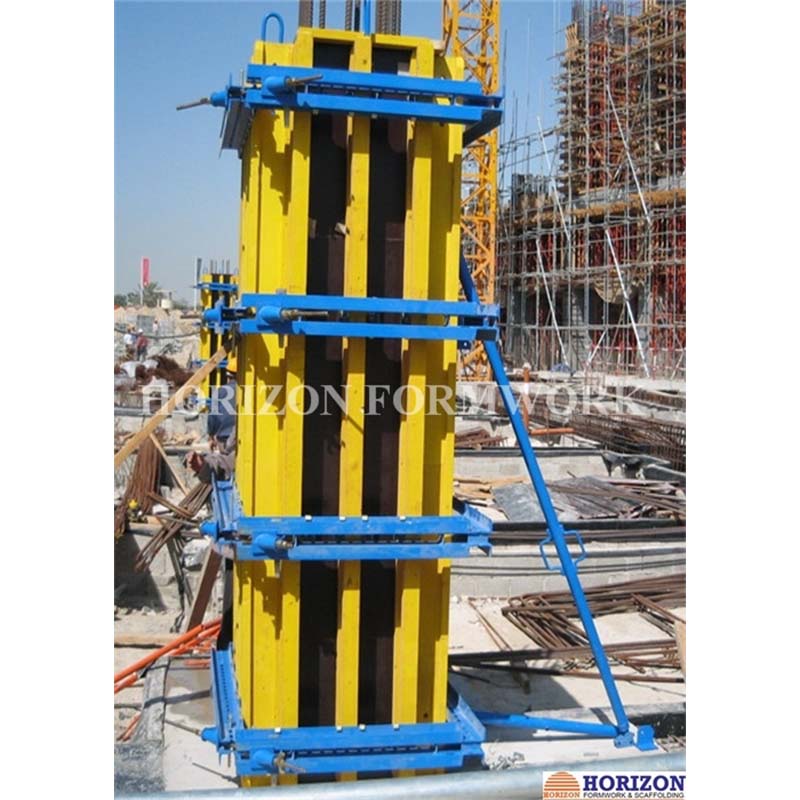Nov . 04, 2024 15:38 Back to list
Innovative Solutions from Leading PP Hollow Formwork Manufacturers for Construction Projects
The Rise of PP Hollow Formwork Transforming Construction Practices
In the fast-evolving world of construction, efficiency, cost-effectiveness, and sustainability are paramount. One innovative solution that has been gaining traction in recent years is the use of PP (Polypropylene) hollow formwork. This material is revolutionizing the way construction projects are planned and executed, and the factories dedicated to producing these formwork systems are poised to play a significant role in the future of the industry.
The Advantages of PP Hollow Formwork
PP hollow formwork offers several advantages over traditional materials such as wood, steel, or concrete. First and foremost, it is lightweight yet strong, making it easier to handle and transport. The reduced weight translates into lower shipping costs and simpler logistics, allowing construction teams to work more efficiently. Additionally, PP hollow formwork is reusable, with a lifespan that can extend to over 100 cycles. This durability helps in reducing waste and decreasing the overall cost of construction.
Another significant benefit is its resistance to moisture and chemicals. Unlike wood, which can warp or deteriorate when exposed to water, or steel, which is susceptible to rust, PP hollow formwork maintains its integrity even in harsh conditions. This quality makes it especially useful in projects where environmental challenges are a concern, such as in coastal regions or areas prone to flooding.
Environmental Considerations
As the construction industry increasingly prioritizes sustainability, the use of PP hollow formwork aligns perfectly with environmentally friendly practices. The production process of these formworks generates less waste compared to traditional methods, and they can be recycled at the end of their life cycle. This minimizes the environmental impact of construction projects and supports the global push towards greener building practices.
Furthermore, the use of PP hollow formwork can lead to reduced energy consumption during construction. The lightweight nature of the material allows for quicker assembly and disassembly, significantly speeding up project timelines. This efficiency not only saves time but also reduces labor costs, making projects more economical.
pp hollow formwork factories

Factories and the Future of Production
The emergence of factories dedicated to the production of PP hollow formwork is a response to the growing demand for this innovative material. These factories utilize state-of-the-art technology to manufacture high-quality formworks that meet stringent industry standards. With advancements in production techniques, manufacturers can optimize the design and performance of PP hollow formworks, ensuring consistency and quality across their product lines.
Investing in these factories not only supports local economies by creating jobs but also fosters innovation within the construction materials sector. By focusing on research and development, these factories can help push the boundaries of what is possible with PP hollow formwork, potentially leading to new applications and variations that could further enhance construction practices.
The Role of Education and Training
For the successful adoption of PP hollow formwork in construction, education and training are vital. Contractors, architects, and builders need to be well-informed about the benefits and proper usage of this material. Workshops, seminars, and certification programs can help disseminate knowledge about PP hollow formwork, demonstrating its advantages and teaching best practices for its implementation.
Additionally, collaborating with educational institutions can pave the way for innovative research and development in this field. By working together, the construction industry and academia can explore new ways to improve the performance and application of PP hollow formwork, ensuring that it continues to meet the evolving needs of modern construction.
Conclusion
In conclusion, PP hollow formwork is transforming the construction landscape with its lightweight, durable, and sustainable properties. Factories specializing in its production are at the forefront of this change, driving innovation and efficiency in the industry. As the demand for environmentally friendly and cost-effective building solutions grows, the role of PP hollow formwork will become increasingly critical. By investing in education, training, and research, the construction sector can fully harness the potential of this revolutionary material, paving the way for a more sustainable future in building practices.
-
High-Quality U Head Jack Scaffolding – Reliable Scaffolding Jack Head Manufacturer & Factory
NewsJul.08,2025
-
High-Quality I Beam H20 Leading Timber Beam H20 Material Factory, Exporters & Manufacturers
NewsJul.08,2025
-
High-Quality Powder Coating Steel Formwork - Durable & Corrosion Resistant Solutions
NewsJul.07,2025
-
Inclined Column Formwork Supplier – Durable & Precise Solutions for Unique Structures
NewsJul.07,2025
-
High-Quality Water Stop Solutions Trusted Water Stop Company & Suppliers
NewsJul.07,2025
-
High-Quality Formwork Material Supplier Reliable Manufacturer & Factory Solutions
NewsJul.06,2025